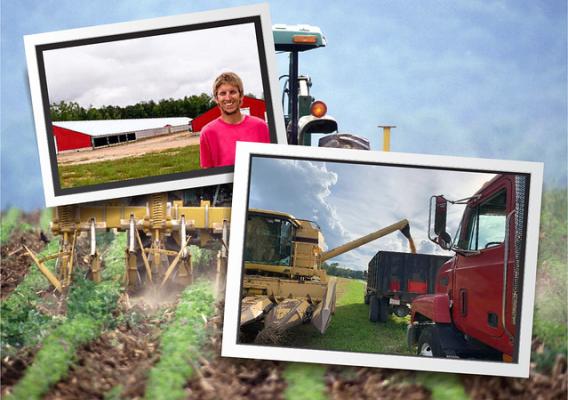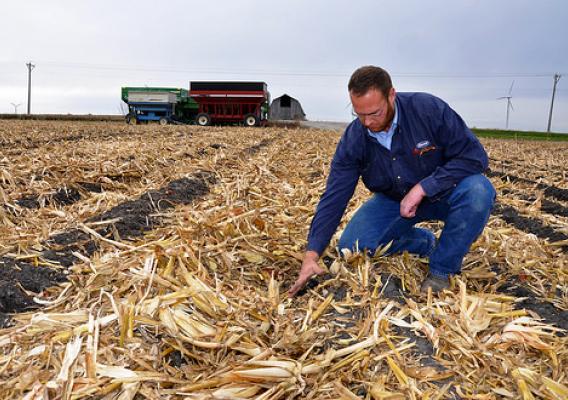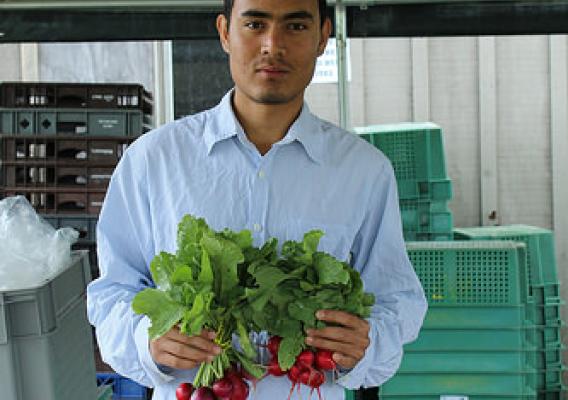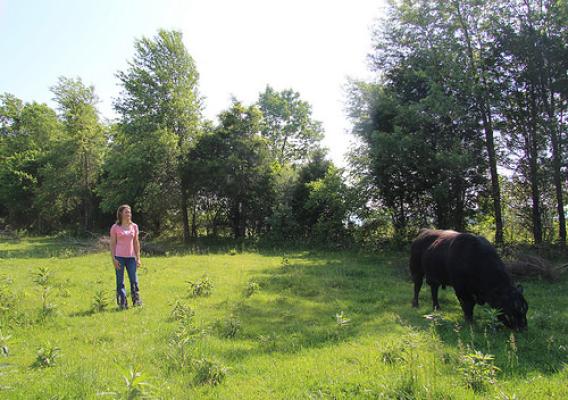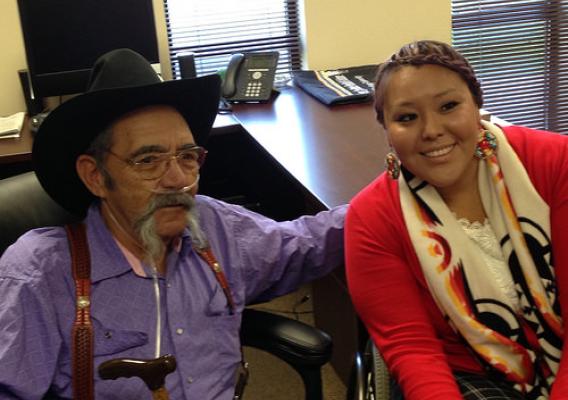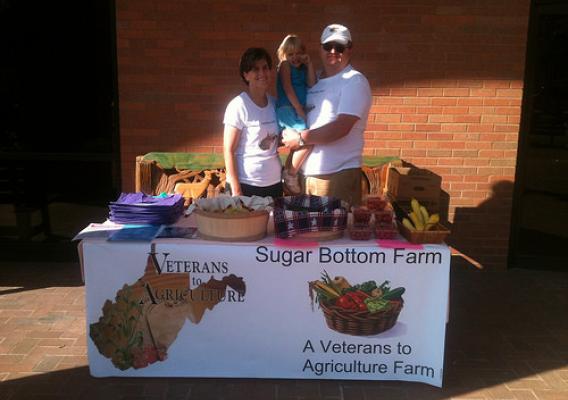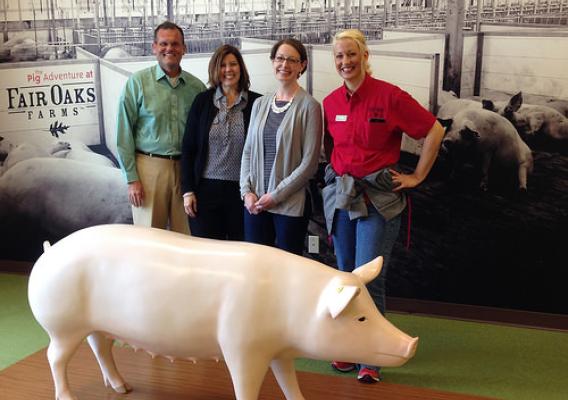The following guest blog from a web communications coordinator at the University of Minnesota's Center for Farm Financial Management highlights the FarmAnswers.org information clearinghouse for new and beginning farmers and ranchers. Farm Answers is a vital element of the USDA-wide effort to make it easier for people to find USDA programs and services.
By Jeff Reisdorfer, University of Minnesota
(The U.S. Department of Agriculture on April 11 opened a new information clearinghouse for new agriculture producers, FarmAnswers.org.)
Farmers and ranchers, like owners of other start-up companies, face serious challenges, including the need for easy to access, reliable information and technical assistance for getting their businesses started.
FarmAnswers.org is a website clearinghouse where farmers and ranchers can find online courses, videos, presentations, apps, and other materials – more than 3,175 at this time – to answer farming and ranching questions. FarmAnswers is supported by a grant from the U.S. Department of Agriculture’s National Institute of Food and Agriculture (NIFA) through its Beginning Farmer and Rancher Development Program (BFRDP).

